Search
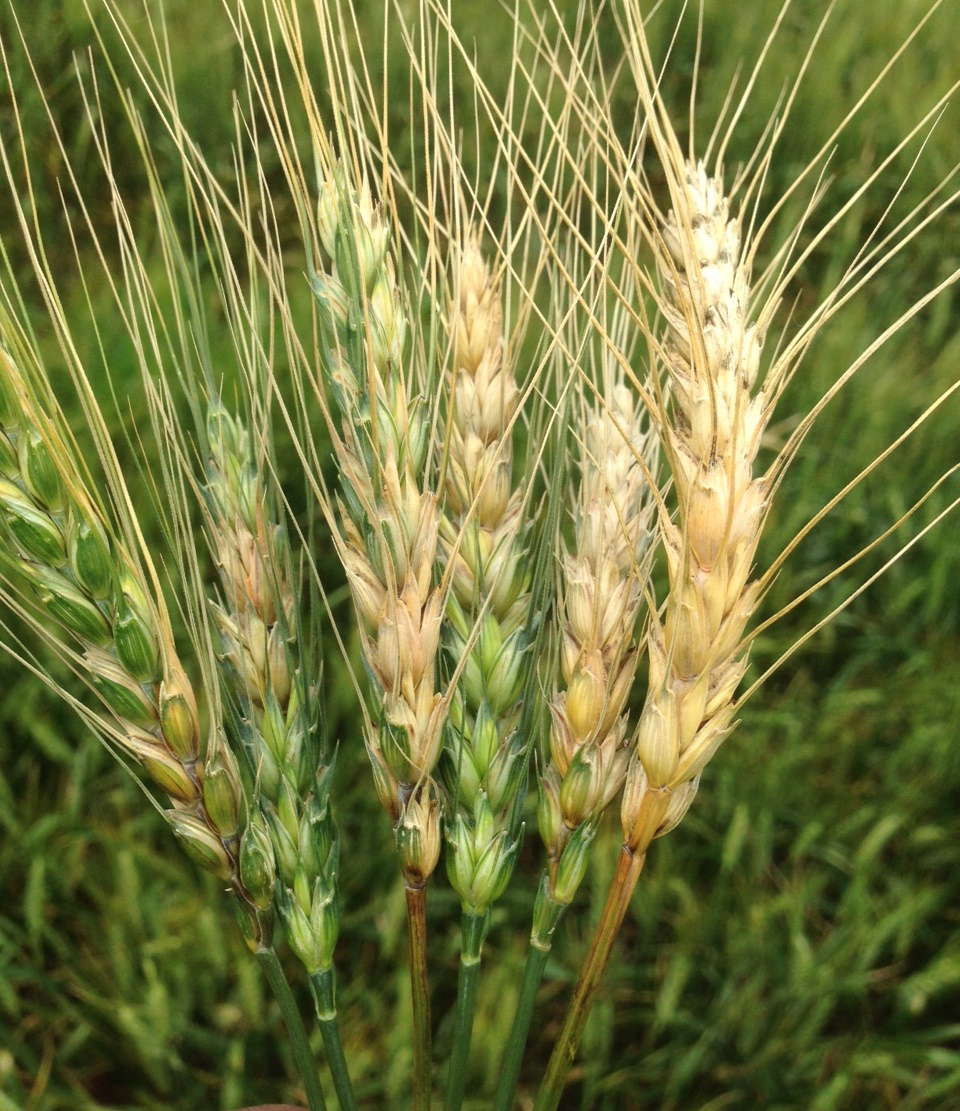
Updated National Fusarium Head Blight (Scab) Prediction Center
The new Fusarium (Scab) Head Blight Prediction Center is now up and running. The purpose of this Assessment Tool is to provide producers and crop consultants with a Fusarium Head Blight (FHB/scab) risk assessment tool which leads up to and includes flowering (anthesis).
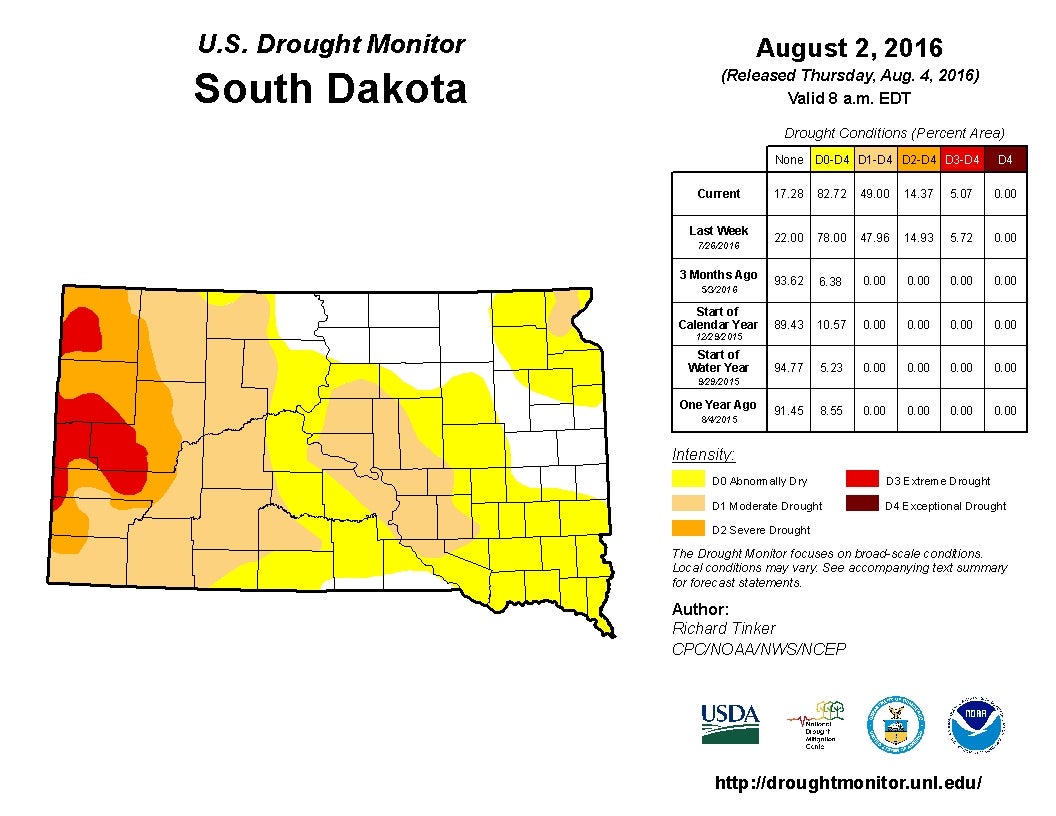
Water Conservation and Efficiency During Times of Drought
As drought conditions continue to expand across the state this year, more thought is given towards South Dakota’s limited water resources. We live in a state where weather conditions and rain patterns seem to comfortably exist at the extremes; we either have way too much or nearly not enough. While this isn’t always the case, it is important to keep in mind that our water resources are finite and all of us should be thinking about doing what we can to protect them.
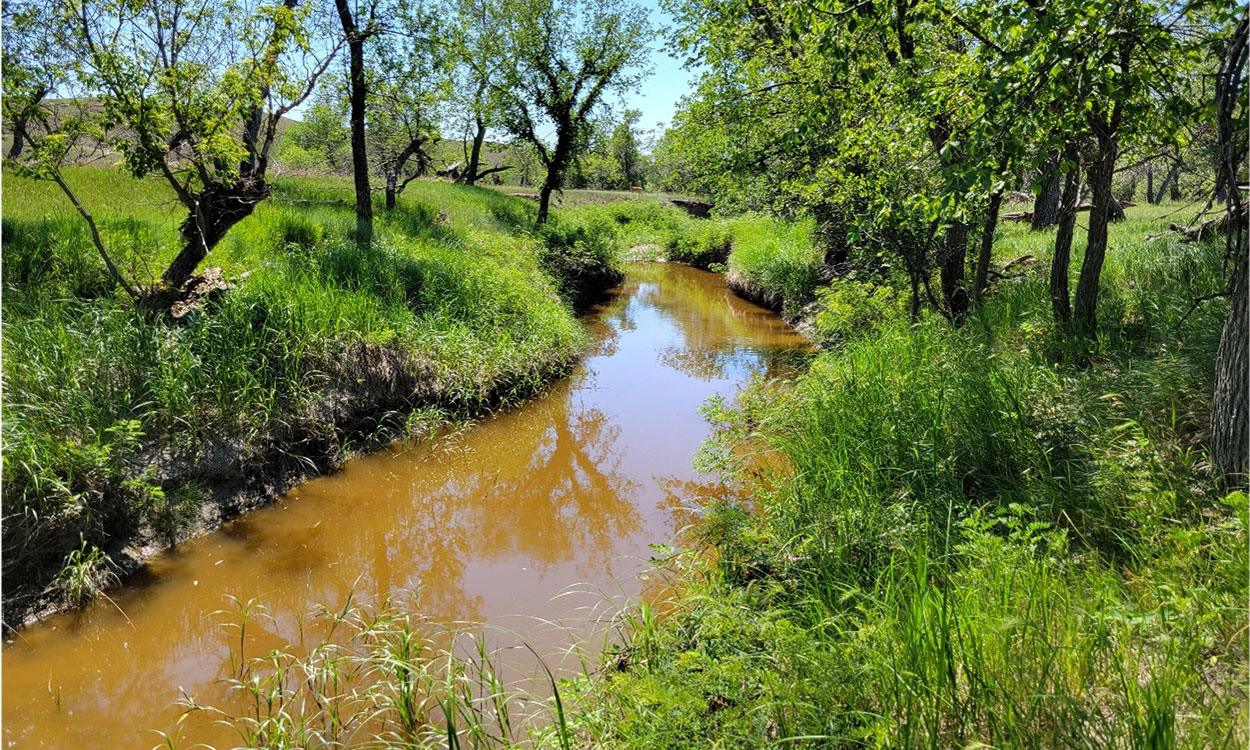
Ranching and Prairie Streams: Why Riparian Areas Matter
For many producers, riparian pastures are essential to their operations. However, land managers need to balance grazing and utilization needs with riparian health for the long-term benefit of their operation.

Are your farm employees ready for low temperatures?
Winter is here and snow and icy roads will increase the risk for accidents. Getting ready to leave the house and going to work on the snow and ice might be a problem for inexperienced people.
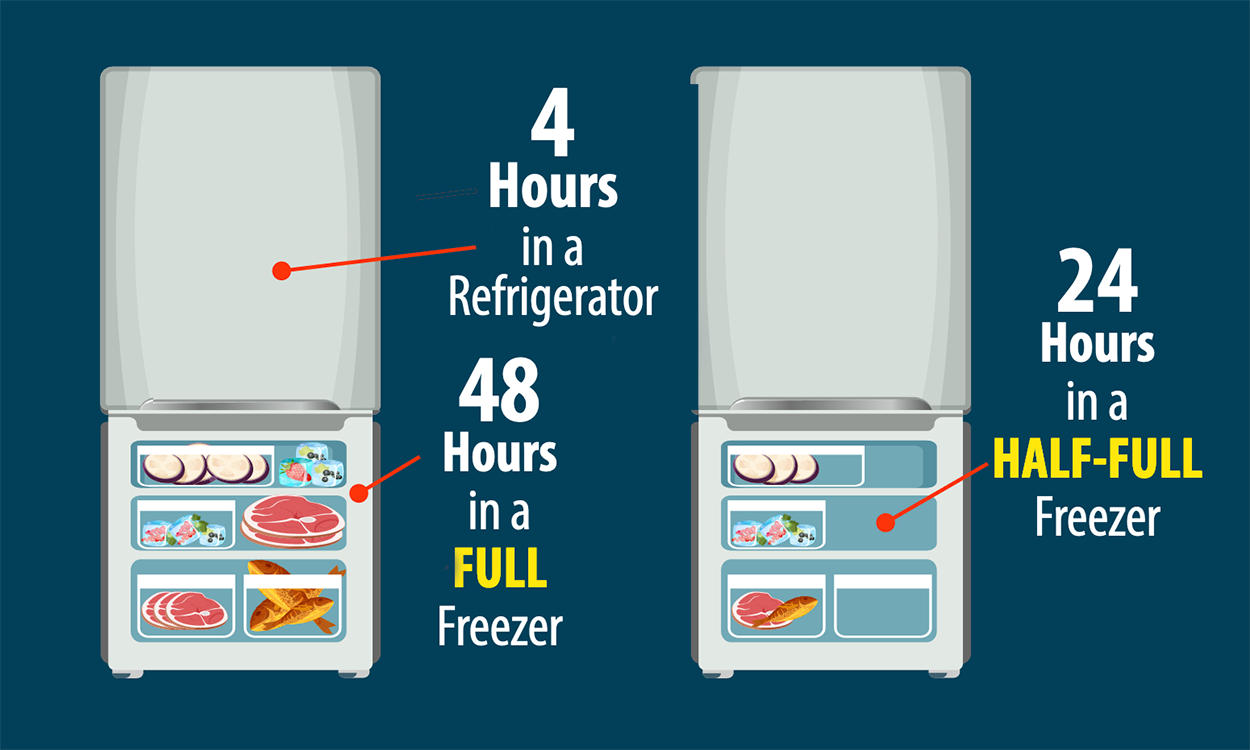
Power Outages and Your Cold Foods
South Dakota is no stranger to power outages and power surges from weather events. Learn some key actions to take before, during and after power outages to keep your cold foods safe.

The Challenges of Farming and Ranching: Identifying the signs of depression
When weather conditions impact farming and ranching, producers can experience large amounts of stress. A normal amount of stress can be productive; however, abnormal amounts of stress can be harmful both physically and emotionally. With the drought that is currently impacting producers, it is important to understand the signs and symptoms of depression.
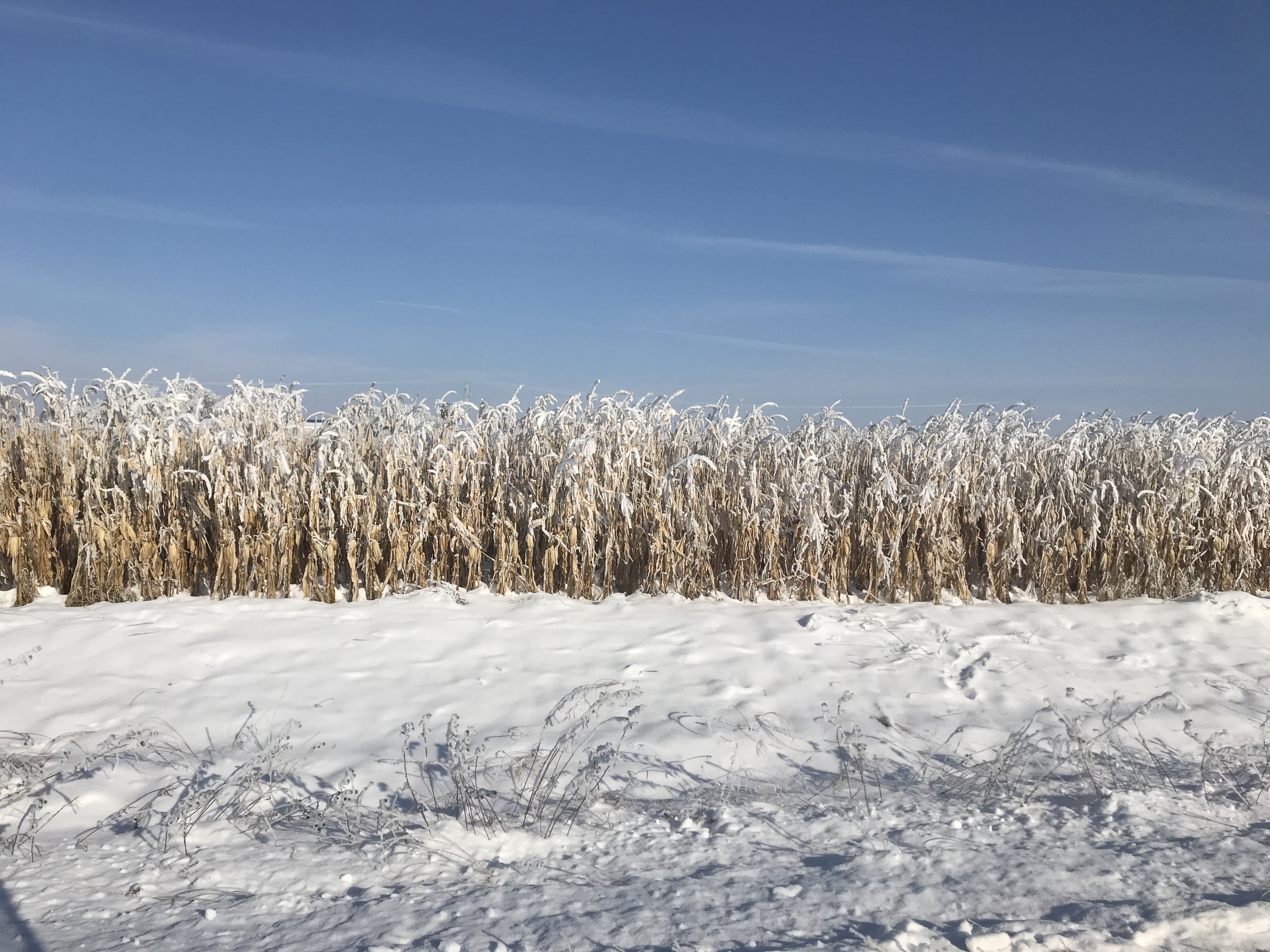
Wet Corn: Storage and Late Harvest Options
With a very challenging harvest in many parts of south and southeastern South Dakota this year, farmers were faced with difficult decisions. Wet, unfrozen ground in many areas and high grain moisture forced many farmers had to make a decision: harvest the wet grain, or let it stand in the field.

Water Use by Plant Stage
Over the growing season, solar radiation, air temperature and plant size are the dominant factors in determining evaporative demand and the rate of water use by wheat. Water use can vary dramatically on a day-to day basis, depending on climate and wheat health.

2018 Annual Climate Summary
In 2018, South Dakota saw the typical weather extremes of all kinds. New Year’s Day 2018 started out with record cold temperatures and wind chills; the year ended with a blizzard on December 31, with a lot of extremes in between.
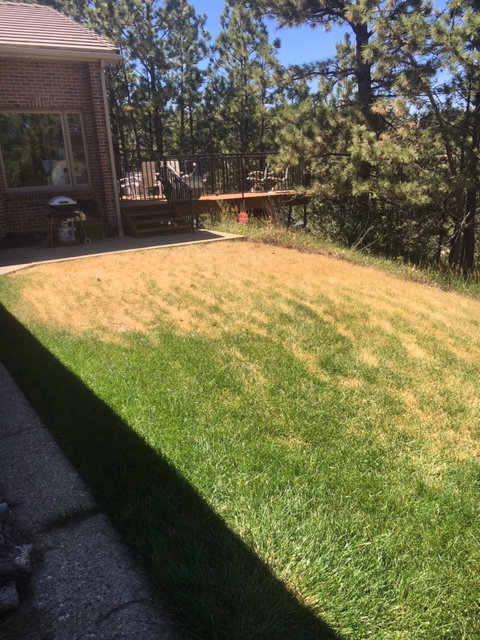
Dealing with Drought Stressed Lawns
Drought is a common concern across the region this summer affecting landscapes in many ways, but probably most noticeably in its impact on lawns.